Home>Home Appliances>Kitchen Appliances>How To Clean Mold Out Of An Electric Kettle
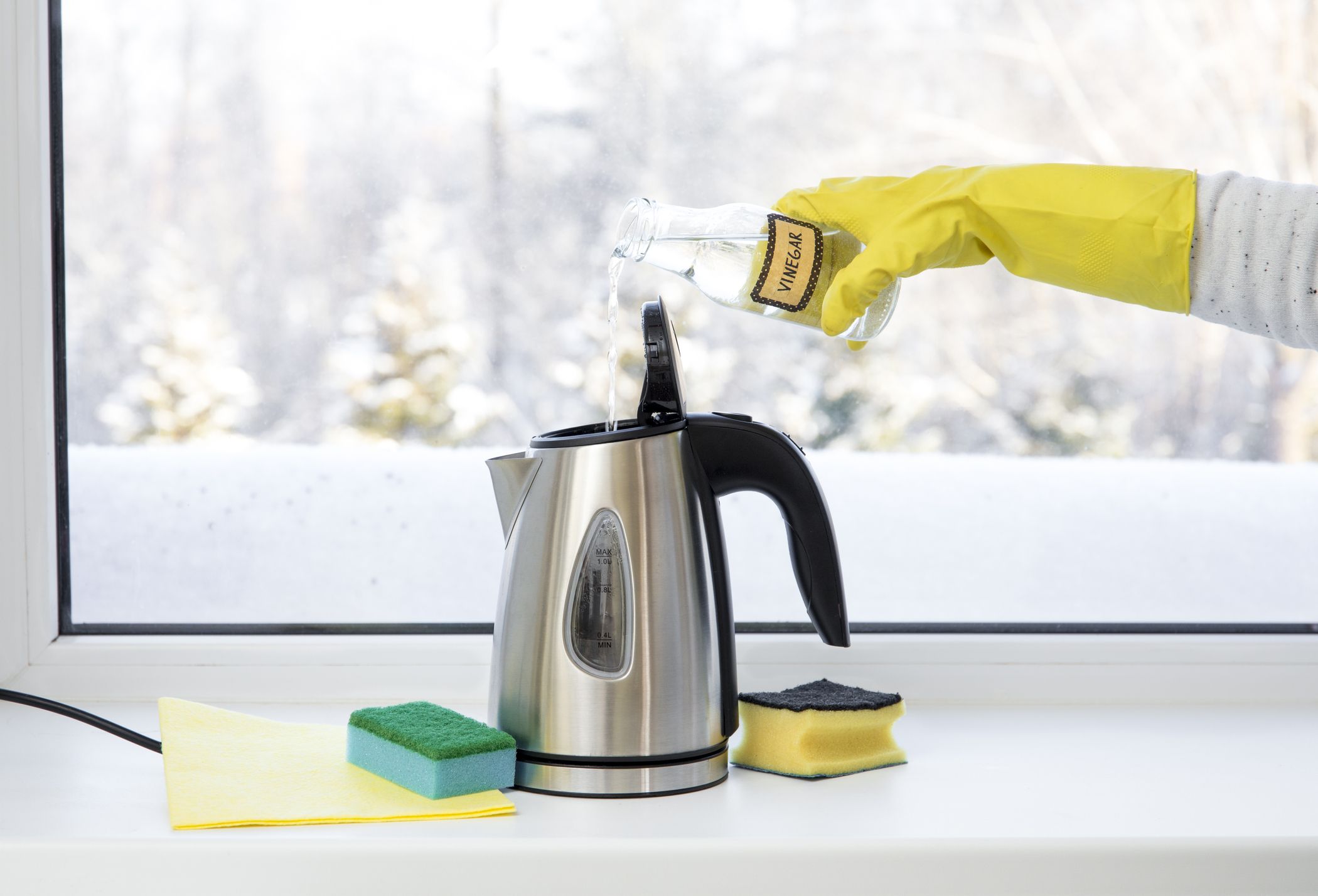

Kitchen Appliances
How To Clean Mold Out Of An Electric Kettle
Modified: September 2, 2024
Learn how to effectively remove mold from your electric kettle with these simple kitchen-appliance cleaning tips. Keep your kettle mold-free and safe to use!
(Many of the links in this article redirect to a specific reviewed product. Your purchase of these products through affiliate links helps to generate commission for Storables.com, at no extra cost. Learn more)
Introduction
Electric kettles are a convenient and essential kitchen appliance for boiling water quickly and efficiently. Whether you use your electric kettle for brewing tea, making coffee, or preparing instant meals, it's important to keep it clean to ensure the safety and quality of the beverages and foods you prepare with it. One common issue that can arise with electric kettles is the growth of mold, which can be a health hazard if not addressed promptly and effectively.
In this article, we will delve into the process of cleaning mold out of an electric kettle. We'll explore the potential dangers of mold in electric kettles, the supplies needed for cleaning, step-by-step instructions for effectively removing mold, and strategies for preventing mold growth in the future. By following these guidelines, you can maintain a clean and safe electric kettle, ensuring that your beverages and meals are free from harmful contaminants.
So, let's roll up our sleeves and learn how to tackle mold in electric kettles, ensuring that we can continue to enjoy the convenience and comfort they bring to our daily lives.
Key Takeaways:
- Say goodbye to mold in your electric kettle by using simple household items like vinegar and baking soda. Keep it clean to enjoy safe and delicious beverages every time!
- Prevent mold in your electric kettle by drying it thoroughly, using filtered water, and regular cleaning. A little maintenance goes a long way in preserving your favorite kitchen appliance.
Read more: How To Clean An Electric Kettle
Understanding the Dangers of Mold in Electric Kettles
Mold growth in electric kettles can pose significant health risks if not addressed promptly and effectively. When mold develops in the interior of the kettle, it can contaminate the water and subsequently transfer to the beverages or foods prepared with it. This can lead to potential health issues, particularly for individuals with sensitivities or allergies to mold.
Furthermore, mold can compromise the taste and quality of the water and beverages boiled in the kettle. The presence of mold can impart an unpleasant odor and flavor, detracting from the enjoyment of your favorite drinks. Additionally, the visual presence of mold can be off-putting and unsightly, diminishing the appeal of the kettle and the beverages it produces.
From a hygiene standpoint, neglecting mold in an electric kettle can lead to the accumulation of harmful bacteria and other microorganisms, further jeopardizing the safety of the water and beverages. This can be particularly concerning for individuals with compromised immune systems, as they are more susceptible to the adverse effects of consuming contaminated substances.
It’s important to recognize that mold thrives in warm, moist environments, making electric kettles an ideal breeding ground if not properly maintained. Regular descaling and cleaning can help prevent mold growth, ensuring that your electric kettle remains a safe and reliable appliance in your kitchen.
By understanding the potential dangers of mold in electric kettles, you can appreciate the importance of proactive maintenance and thorough cleaning to safeguard your health and the quality of your beverages. In the following sections, we will explore the necessary supplies and step-by-step instructions for effectively cleaning mold out of an electric kettle, as well as strategies for preventing mold growth in the future.
Supplies Needed for Cleaning
Before embarking on the task of cleaning mold out of an electric kettle, it’s essential to gather the necessary supplies to ensure a thorough and effective cleaning process. The following items are commonly used to tackle mold and maintain the cleanliness of electric kettles:
- Vinegar: White vinegar is a versatile and natural cleaning agent that can effectively combat mold and mineral deposits in the kettle. Its acidic properties help dissolve and remove stubborn residues.
- Baking Soda: Baking soda, also known as sodium bicarbonate, serves as a gentle abrasive cleaner that aids in scrubbing away mold and stains from the interior of the kettle.
- Water: Clean, preferably filtered, water is essential for rinsing and thoroughly flushing the kettle during the cleaning process.
- Cleaning Cloth or Sponge: A soft cloth or non-abrasive sponge is necessary for wiping and scrubbing the interior and exterior surfaces of the kettle.
- Cotton Swabs or Soft Brush: These tools are useful for reaching tight spots and crevices within the kettle, ensuring that all areas affected by mold are thoroughly cleaned.
- Lemon (Optional): Fresh lemon slices or lemon juice can be used to add a pleasant citrus fragrance to the cleaning solution and help eliminate residual odors in the kettle.
It’s important to note that the supplies listed above are commonly found in most households and are safe for use in food preparation areas. Additionally, they offer natural and eco-friendly alternatives to harsh chemical cleaners, making them suitable for maintaining a clean and healthy kitchen environment.
By having these supplies readily available, you can approach the cleaning process with confidence, knowing that you have the necessary tools to effectively eliminate mold and maintain the pristine condition of your electric kettle. In the subsequent section, we will delve into the step-by-step instructions for cleaning mold out of an electric kettle, guiding you through the process with clarity and precision.
Mix equal parts water and white vinegar in the kettle, then boil the solution. Let it sit for an hour, then rinse thoroughly. Repeat if necessary.
Steps for Cleaning Mold Out of an Electric Kettle
Cleaning mold out of an electric kettle requires a systematic approach to ensure thorough removal of the mold and any lingering residues. By following these step-by-step instructions, you can effectively restore your kettle to a clean and hygienic state:
- Prepare the Cleaning Solution: Begin by preparing a cleaning solution using a mixture of equal parts white vinegar and water. For example, you can combine one cup of vinegar with one cup of water, adjusting the quantities based on the size of your kettle.
- Add Baking Soda: If the mold is particularly stubborn or if there are mineral deposits in the kettle, add a tablespoon of baking soda to the cleaning solution. This will enhance the cleaning power and aid in removing stains and odors.
- Boil the Cleaning Solution: Pour the cleaning solution into the kettle and place the kettle on its base. Bring the solution to a boil, allowing it to simmer for approximately 10-15 minutes. The acidic nature of the vinegar will help dissolve mold and mineral buildup inside the kettle.
- Let the Solution Sit: After boiling, turn off the kettle and allow the cleaning solution to sit inside for an additional 15-20 minutes. This extended contact time will facilitate the loosening of mold and residues, making them easier to remove.
- Scrub the Interior: Using a soft cleaning cloth or sponge, gently scrub the interior surfaces of the kettle to dislodge and remove the loosened mold and deposits. For hard-to-reach areas, such as the spout or lid, use cotton swabs or a soft brush to ensure thorough cleaning.
- Rinse Thoroughly: Discard the cleaning solution from the kettle and rinse it thoroughly with clean water multiple times to ensure that all traces of vinegar, baking soda, and loosened contaminants are completely removed.
- Perform a Boiling Water Cycle: Fill the kettle with fresh water and bring it to a boil. Discard the boiled water and repeat this process once or twice to eliminate any residual odors or flavors from the cleaning solution.
- Dry and Air Out: Finally, dry the kettle thoroughly with a clean cloth and leave the lid open to allow any remaining moisture to evaporate. This step is crucial for preventing mold or mildew from reoccurring due to trapped moisture.
Following these steps diligently will ensure that your electric kettle is free from mold and contaminants, allowing you to enjoy clean and safe hot beverages. In the next section, we will explore strategies for preventing mold growth in electric kettles, helping you maintain a hygienic and well-maintained appliance in your kitchen.
Preventing Mold Growth in Electric Kettles
Prevention is key to maintaining a mold-free environment in your electric kettle. By implementing proactive measures, you can minimize the likelihood of mold growth and ensure that your kettle remains clean and safe for everyday use. Here are several strategies to prevent mold from taking hold in your electric kettle:
- Regular Cleaning and Descaling: Schedule regular cleaning sessions for your electric kettle, especially if it is used frequently. A routine cleaning regimen will prevent the accumulation of mold and mineral deposits, preserving the cleanliness of the kettle.
- Thorough Drying: After each use, empty the kettle and allow it to air dry with the lid open. Ensuring that the interior is completely dry helps prevent the formation of mold due to trapped moisture.
- Store with the Lid Off: When the kettle is not in use, store it with the lid off to promote air circulation and prevent moisture buildup. This simple practice can deter mold from developing in the enclosed spaces of the kettle.
- Use Distilled or Filtered Water: Consider using distilled or filtered water in your electric kettle to minimize the introduction of impurities and minerals that can contribute to mold and scale buildup.
- Empty Unused Water: If water remains in the kettle for an extended period without being used, empty it and refill with fresh water when needed. Stagnant water provides an environment conducive to mold growth.
- Inspect and Address Any Signs of Mold: Regularly inspect the interior of the kettle for any signs of mold or discoloration. If mold is detected, promptly clean and disinfect the kettle using the methods outlined earlier in this article.
By incorporating these preventive measures into your maintenance routine, you can significantly reduce the risk of mold taking hold in your electric kettle. Consistent upkeep and vigilance will help ensure that your kettle remains a clean and reliable appliance for boiling water and preparing beverages.
With a proactive approach to maintenance and cleaning, you can enjoy the convenience of your electric kettle without the worry of mold contamination. In the following section, we will conclude our discussion with a summary of the key points and the importance of maintaining a mold-free electric kettle in your kitchen.
Read more: How To Clean A Cosori Electric Kettle
Conclusion
Maintaining a clean and mold-free electric kettle is essential for ensuring the safety, quality, and longevity of this indispensable kitchen appliance. By understanding the potential dangers of mold in electric kettles and employing effective cleaning and preventive strategies, you can uphold a hygienic environment and enjoy peace of mind when using your kettle for boiling water and preparing beverages.
When it comes to addressing mold in electric kettles, it’s crucial to approach the cleaning process systematically and thoroughly. The supplies needed for cleaning, including white vinegar, baking soda, water, and gentle cleaning tools, offer natural and eco-friendly solutions for combating mold and maintaining the cleanliness of the kettle.
The step-by-step instructions for cleaning mold out of an electric kettle provide a clear and actionable guide for removing mold and residues, restoring the kettle to a pristine condition. Additionally, the preventive measures outlined help minimize the risk of mold growth, promoting ongoing cleanliness and optimal performance of the electric kettle.
By incorporating these cleaning and maintenance practices into your routine, you can safeguard your health and elevate the overall experience of using an electric kettle for daily beverage preparation. Regular cleaning, thorough drying, and attentive inspection are key components of a proactive approach to preventing mold and maintaining a mold-free environment in your electric kettle.
Ultimately, a well-maintained electric kettle not only enhances the efficiency and convenience of your kitchen but also contributes to a healthier and more enjoyable lifestyle. With proper care and attention, your electric kettle can continue to serve as a reliable and indispensable tool for meeting your hot water and beverage needs.
So, as you embark on the journey of keeping your electric kettle clean and mold-free, remember that a little maintenance goes a long way in preserving the integrity and functionality of this beloved kitchen appliance. Here’s to many more cups of perfectly brewed tea, coffee, and other delightful beverages from your sparkling clean electric kettle!
Curious about tackling more mold issues or keeping your appliances in top shape? If wooden furniture at home is also suffering from mold, finding effective strategies for mold removal can keep your furniture safe and pristine. Meanwhile, maintaining your electric kettle in optimal condition requires regular cleaning. Our guide on electric kettle cleaning offers practical solutions to extend your kettle's lifespan and efficiency. Ready to spruce up your home and appliances? Check out these handy guides!
Frequently Asked Questions about How To Clean Mold Out Of An Electric Kettle
Was this page helpful?
At Storables.com, we guarantee accurate and reliable information. Our content, validated by Expert Board Contributors, is crafted following stringent Editorial Policies. We're committed to providing you with well-researched, expert-backed insights for all your informational needs.
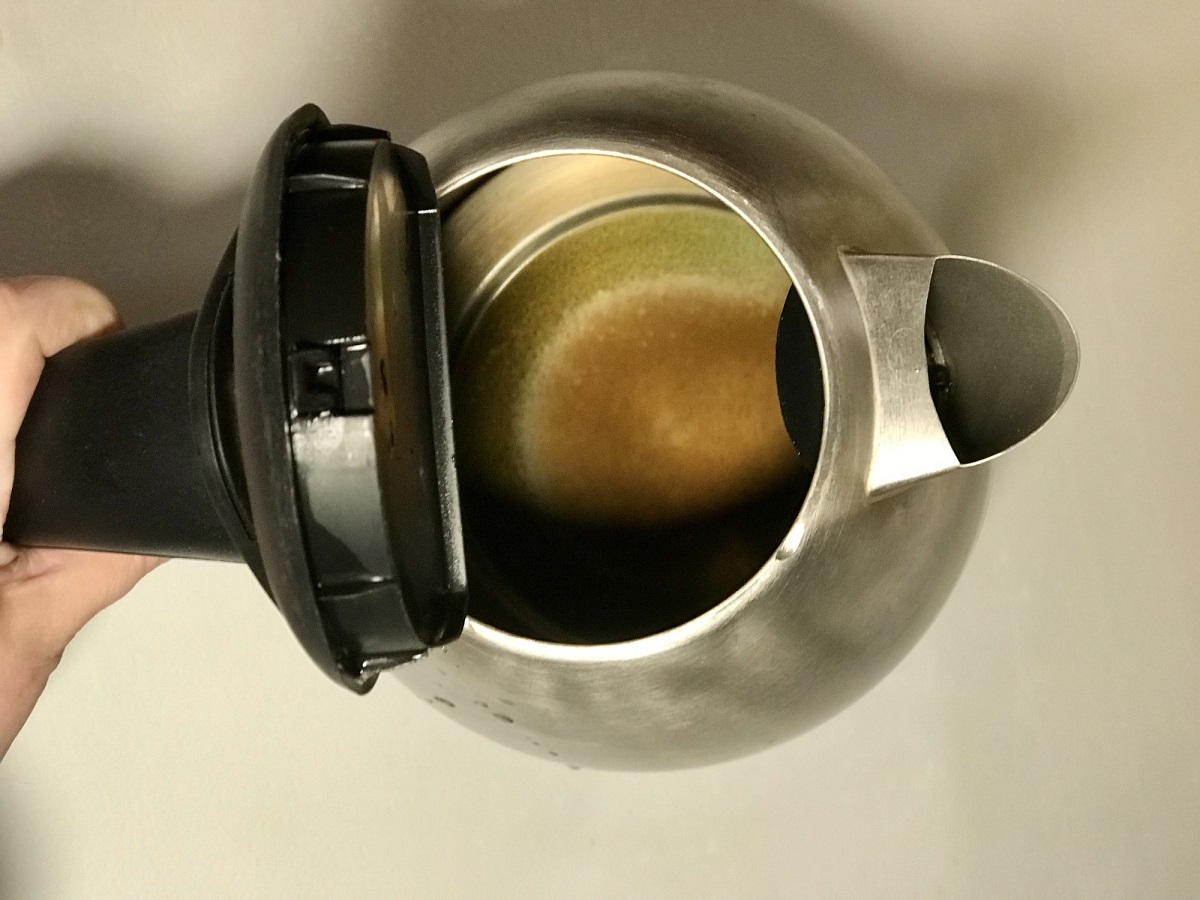

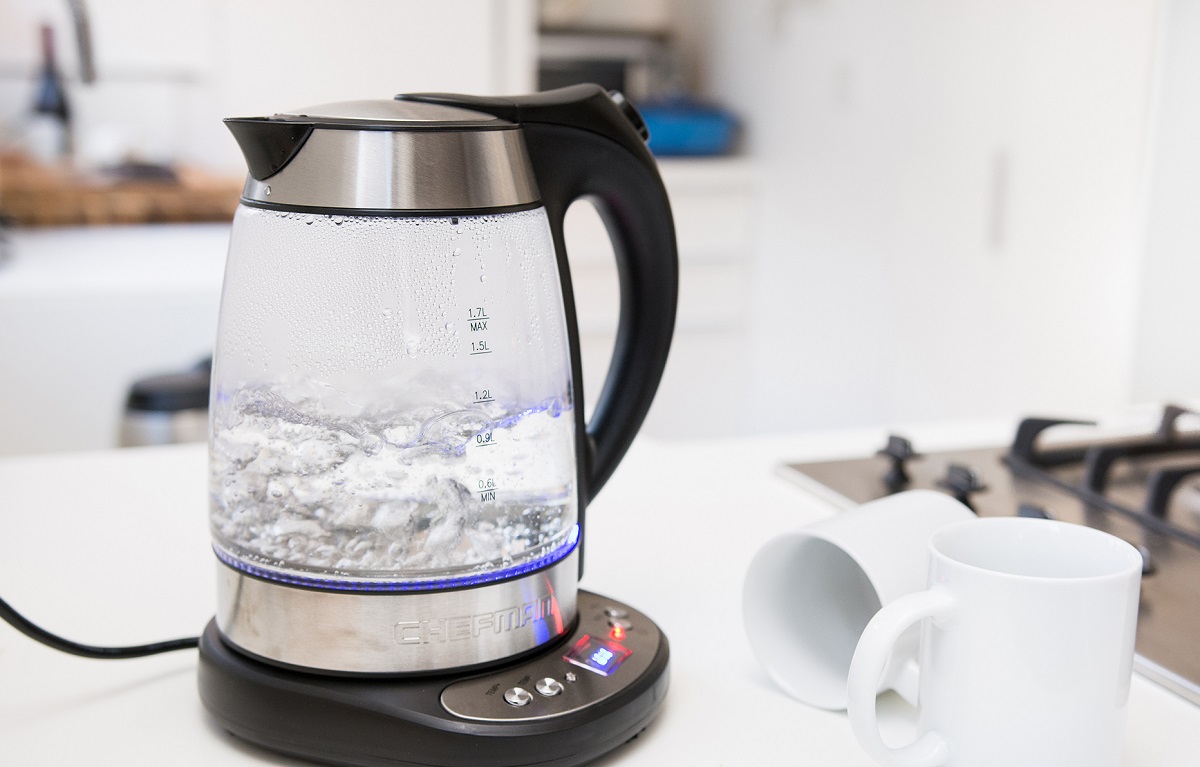
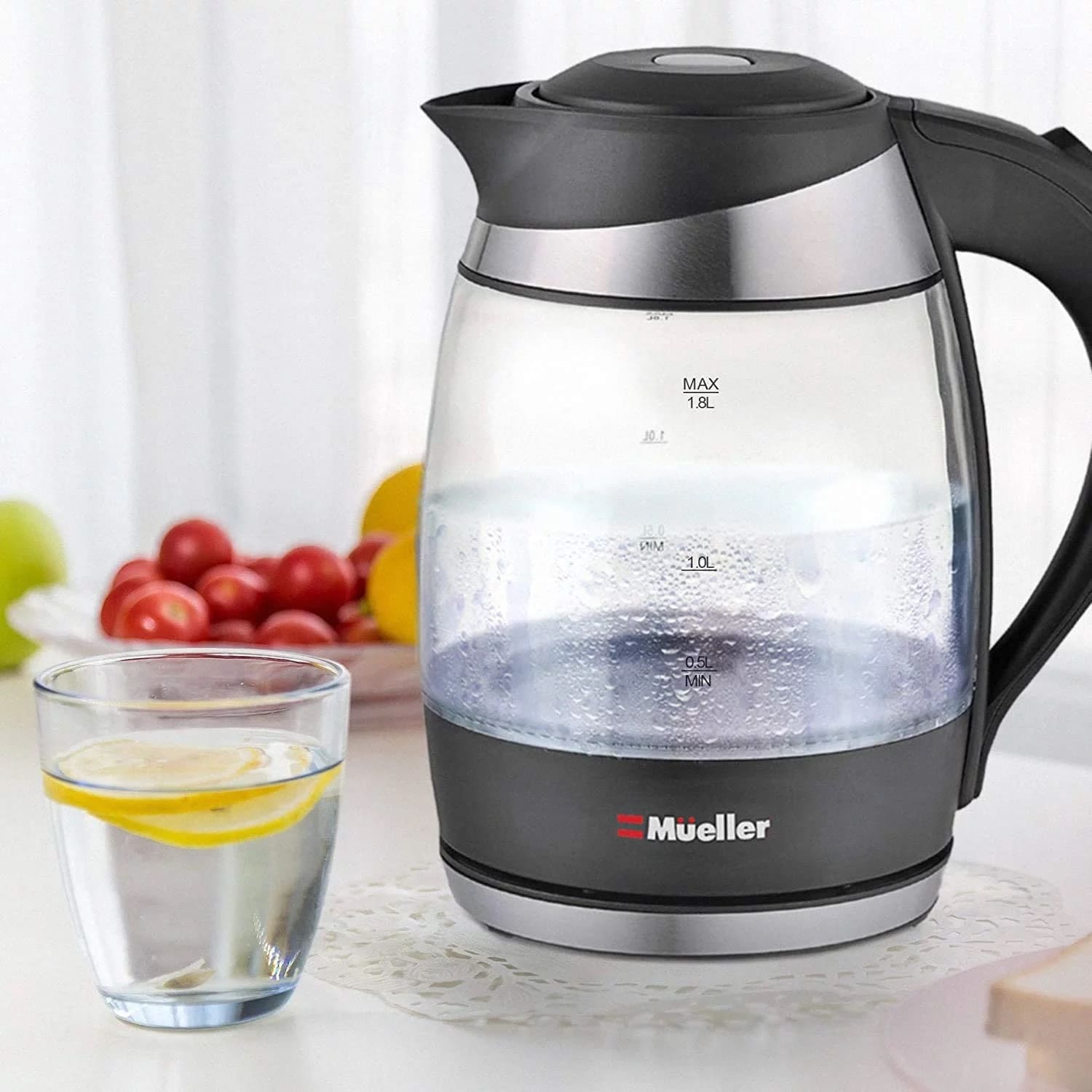
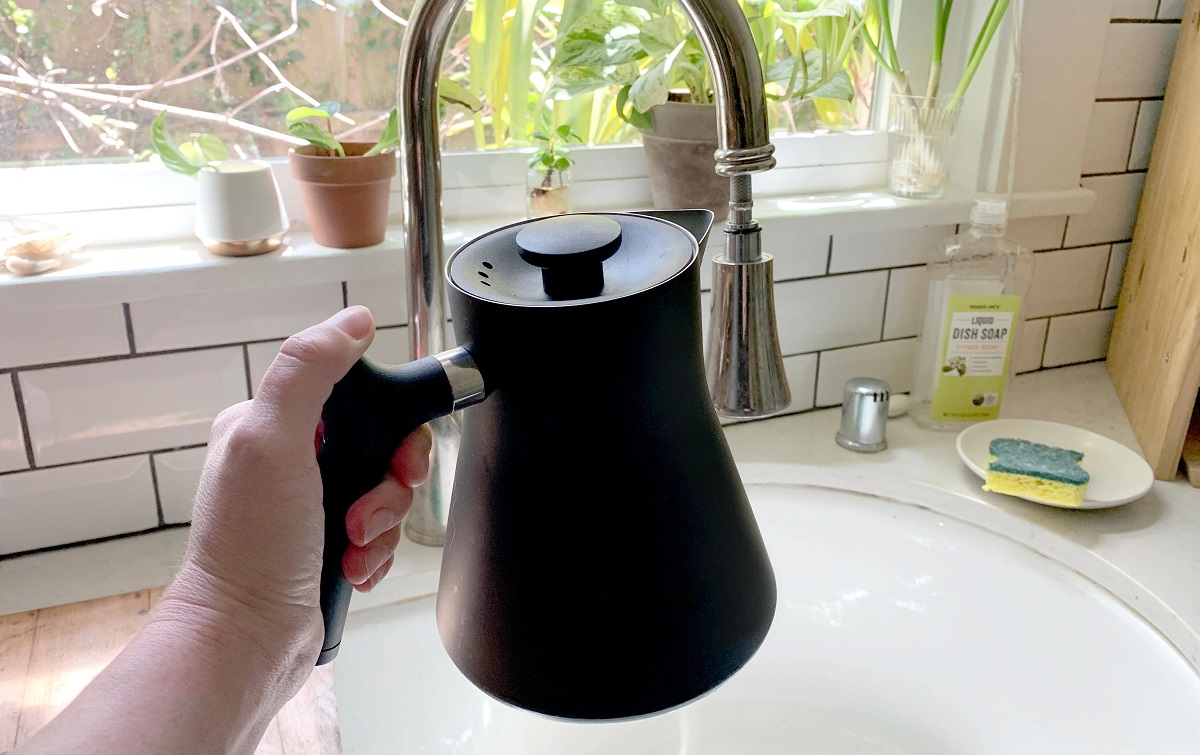
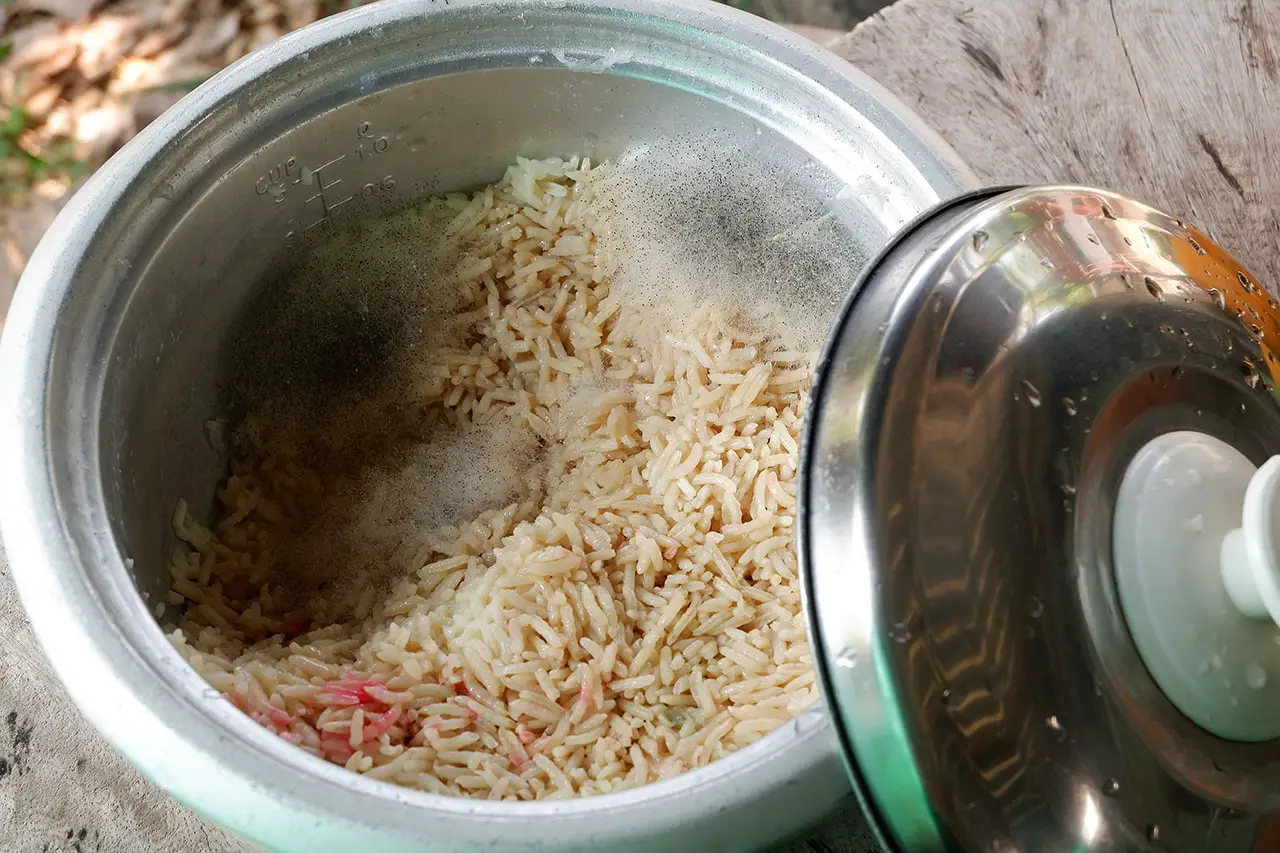
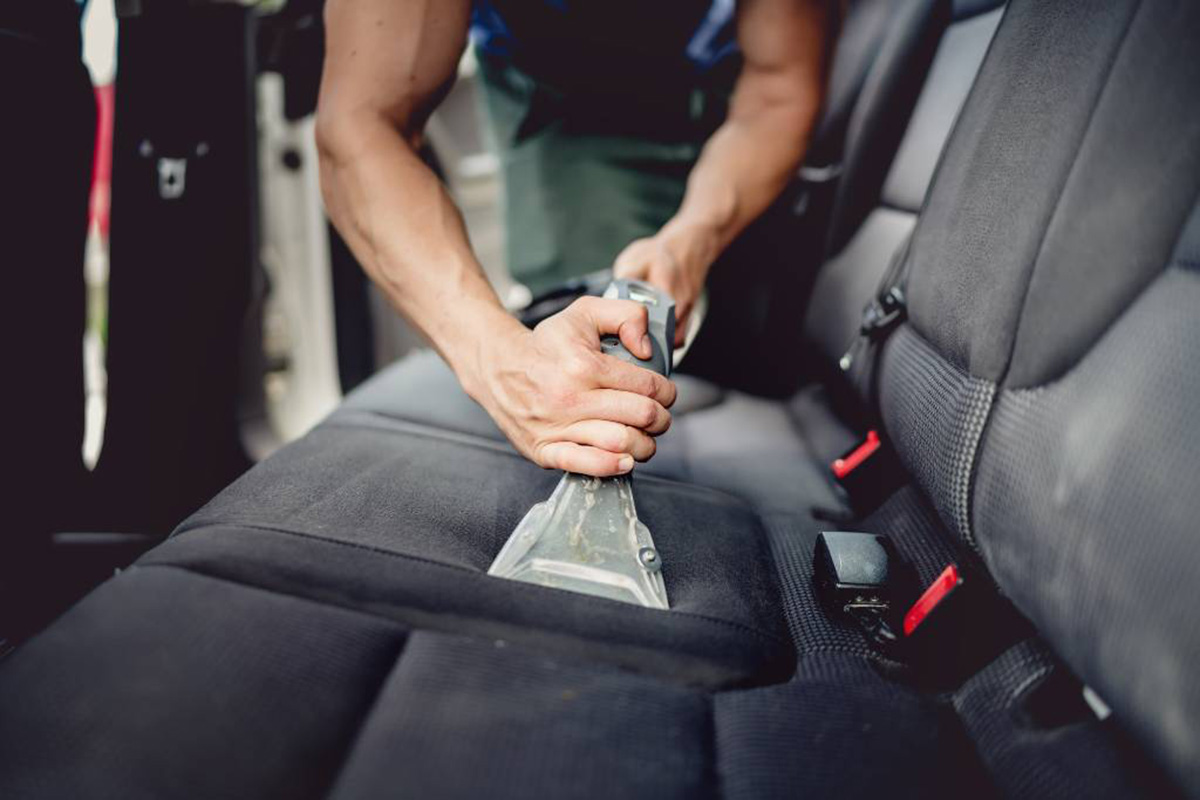
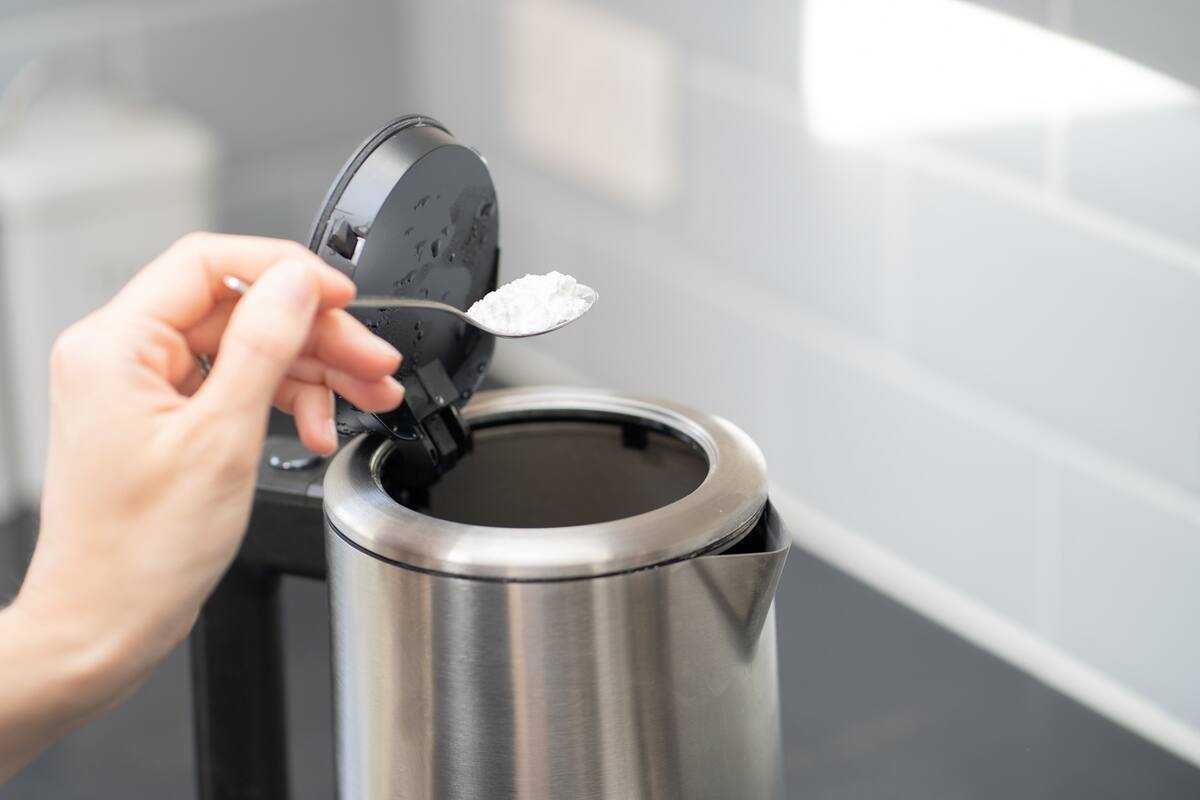
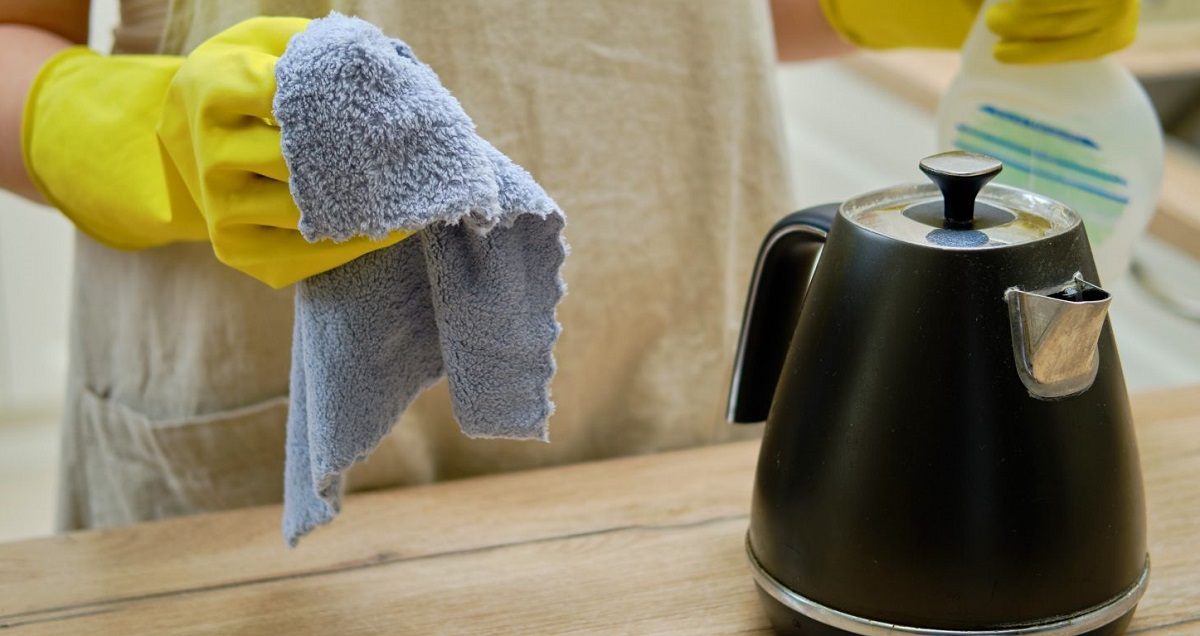
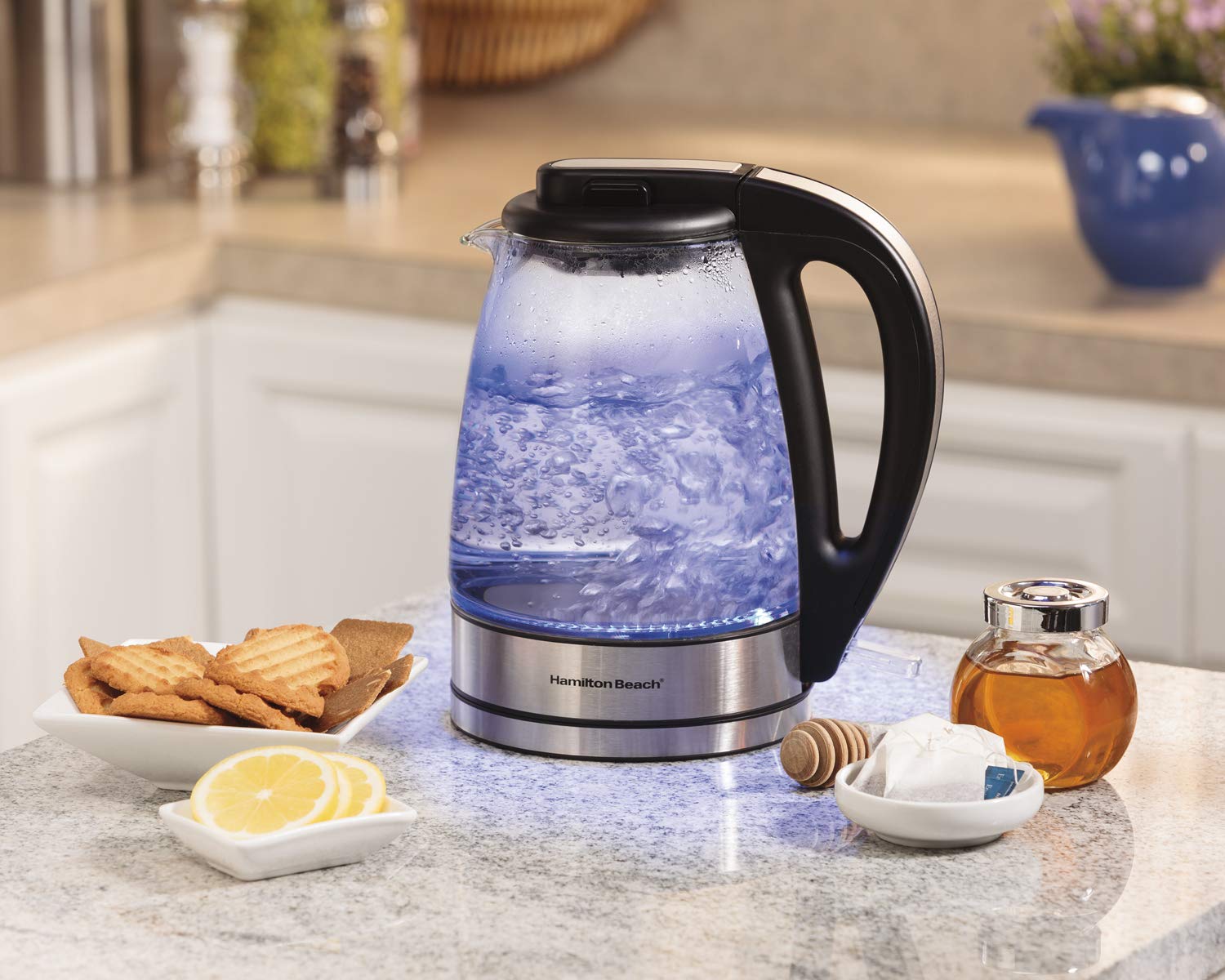
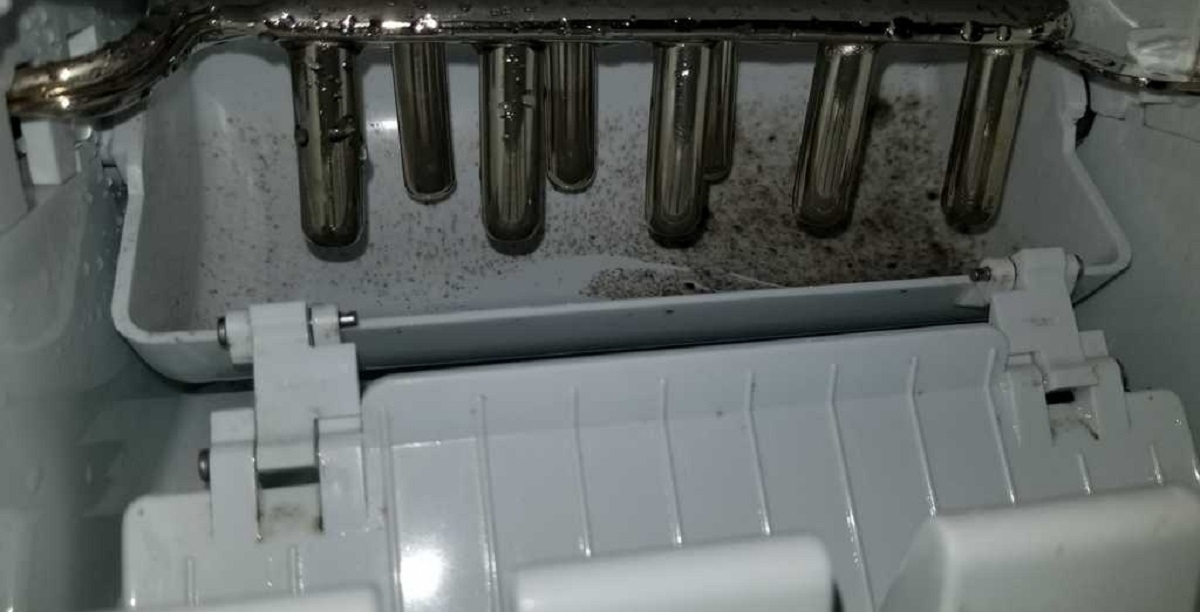
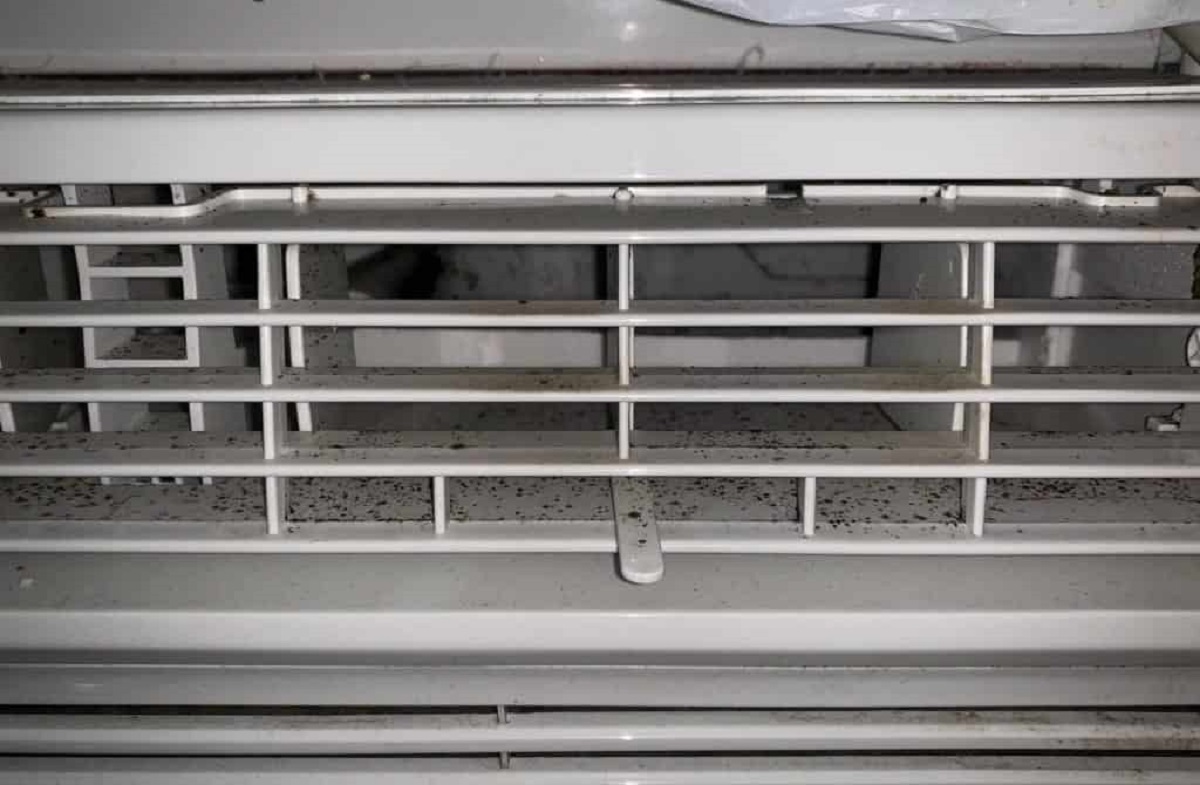
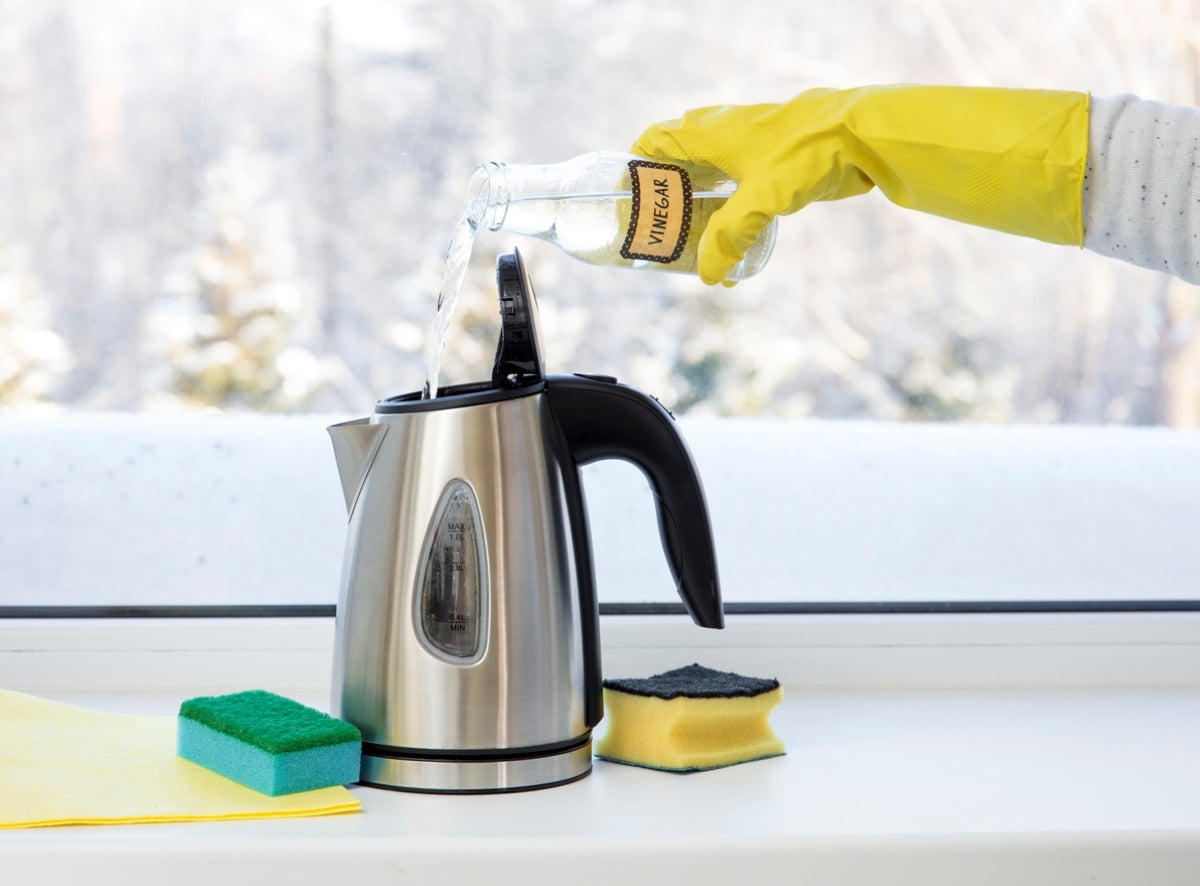
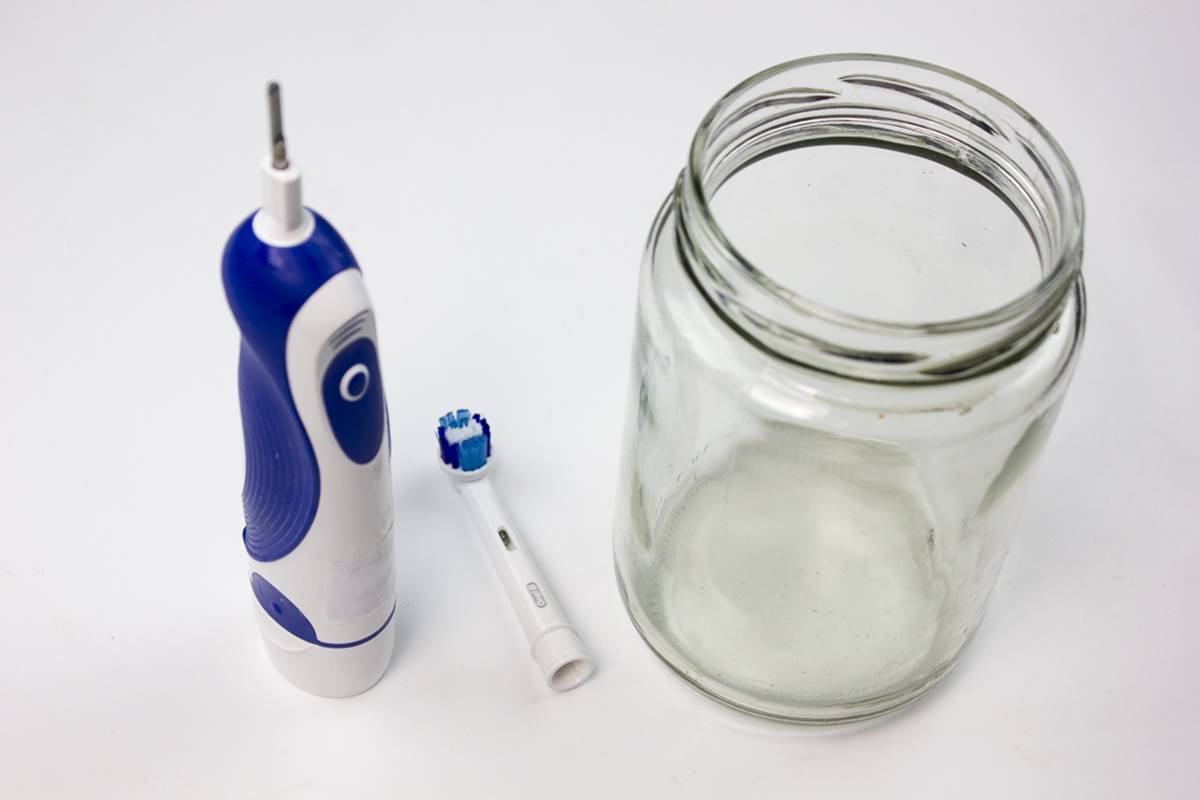

0 thoughts on “How To Clean Mold Out Of An Electric Kettle”